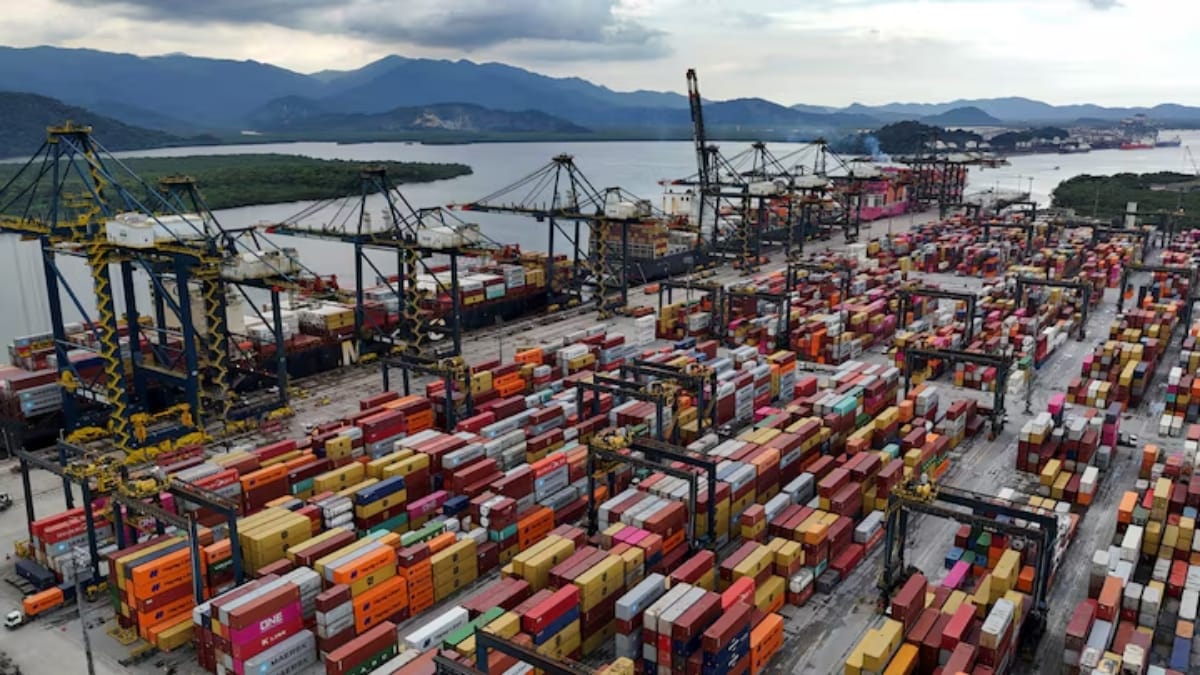

The Southern Common Market (Mercosur) and the European Free Trade Association (EFTA) have officially concluded negotiations for a free trade agreement (FTA) during the Mercosur summit in Buenos Aires on Wednesday. This agreement, a decade in the making, establishes a free trade zone encompassing nearly 300 million people with a combined GDP exceeding $4.3 trillion.
The FTA aims to boost trade and strengthen economic ties between the two blocs by granting improved market access for over 97% of their exports. This will lead to increased bilateral trade and offer significant advantages for businesses and individuals within both Mercosur and EFTA member states.
Mercosur includes Argentina, Brazil, Paraguay, Uruguay, and Bolivia (in the process of becoming a full member). The EFTA comprises Iceland, Liechtenstein, Norway, and Switzerland, which are not part of the European Union.
Key Aspects of the Agreement
The Mercosur-EFTA FTA is a comprehensive agreement covering various aspects of trade and economic cooperation:
Benefits and Expectations
The Mercosur-EFTA FTA is expected to bring several benefits to both regions:
Next Steps
While the negotiations have concluded, the agreement still requires parliamentary approval and legal review in each of the signing countries. Swiss Secretary of Economic Affairs Helene Budliger Artieda has stated that the deal is a "complete priority for the EFTA countries". The Norwegian delegation anticipates that the ratification process will likely be completed in the first semester of 2026. Brazilian Foreign Minister Mauro Vieira expressed Brazil's commitment to moving "as quickly as possible" to finalize the deal, with hopes of doing so during the second half of 2025 when Brazil assumes the rotating Mercosur presidency.
Historical Context
Talks between Mercosur and EFTA began in 2015, with formal negotiations commencing in 2017. Although an agreement was announced in 2019, it did not progress due to disagreements on environmental issues. Negotiations were relaunched in 2024, with Argentina leading for Mercosur and Switzerland for EFTA.
Comparison with Mercosur-EU Deal
The Mercosur-EFTA FTA runs parallel to Mercosur's efforts to finalize a trade deal with the European Union, which was agreed upon in principle in December 2024. However, the Mercosur-EU agreement has faced pushback from some EU member states, such as France, and still needs ratification by all 27 EU member states. According to sources, the Mercosur-EFTA deal is not expected to face similar resistance from EFTA countries.